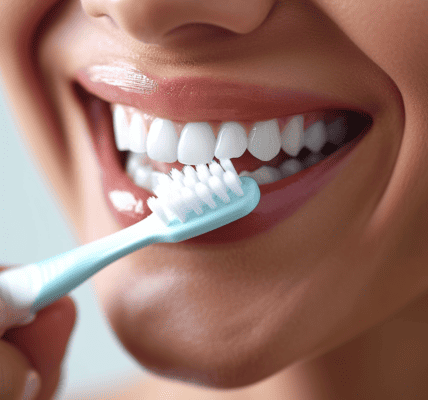In recent years, there has been a noticeable rise in the incidence of brain strokes among younger adults, particularly those aged between 30 to 40 years. According to the Indian Stroke Association, the prevalence of strokes in this age group has alarmingly increased from 5% to between 10% and 15%. This trend raises significant health concerns and emphasizes the need for awareness and preventive measures.
The increase in strokes among younger populations can be attributed to various lifestyle factors, including poor dietary habits, lack of physical activity, and rising levels of stress. Additionally, conditions such as hypertension, diabetes, and obesity, which were once more prevalent in older adults, are now becoming common among younger individuals.
Medical experts highlight that the symptoms of a stroke can often be overlooked or misinterpreted, especially in younger patients. Common symptoms include sudden numbness or weakness, particularly on one side of the body, confusion, difficulty speaking, and severe headaches. Recognizing these symptoms early and seeking immediate medical help can significantly improve outcomes.
The rise in stroke cases has prompted health authorities to advocate for regular health screenings and lifestyle modifications. Health professionals recommend that individuals, especially those in the high-risk age group, engage in regular exercise, maintain a balanced diet rich in fruits and vegetables, and manage stress effectively. Quitting smoking and limiting alcohol consumption are also crucial steps in reducing stroke risk.
Furthermore, public health campaigns aimed at educating the population about stroke awareness and prevention are becoming increasingly important. These initiatives focus on informing individuals about the risk factors associated with strokes and encouraging them to adopt healthier lifestyles.
The Indian Stroke Association is actively working on initiatives to combat this troubling trend. They are conducting workshops and seminars to educate the public about the signs of a stroke and the importance of timely medical intervention. Additionally, they are collaborating with healthcare providers to improve access to diagnostic services and treatment for stroke patients.
As the number of stroke cases continues to rise, it is crucial for both individuals and healthcare systems to prioritize stroke prevention and education. By understanding the risks and recognizing the symptoms, younger adults can take proactive steps towards safeguarding their health and reducing the likelihood of experiencing a stroke.
In summary, the surge in brain strokes among individuals aged 30 to 40 is a pressing health issue that requires immediate attention. With lifestyle changes, increased awareness, and community support, it is possible to mitigate this growing concern and promote healthier living among younger populations.





